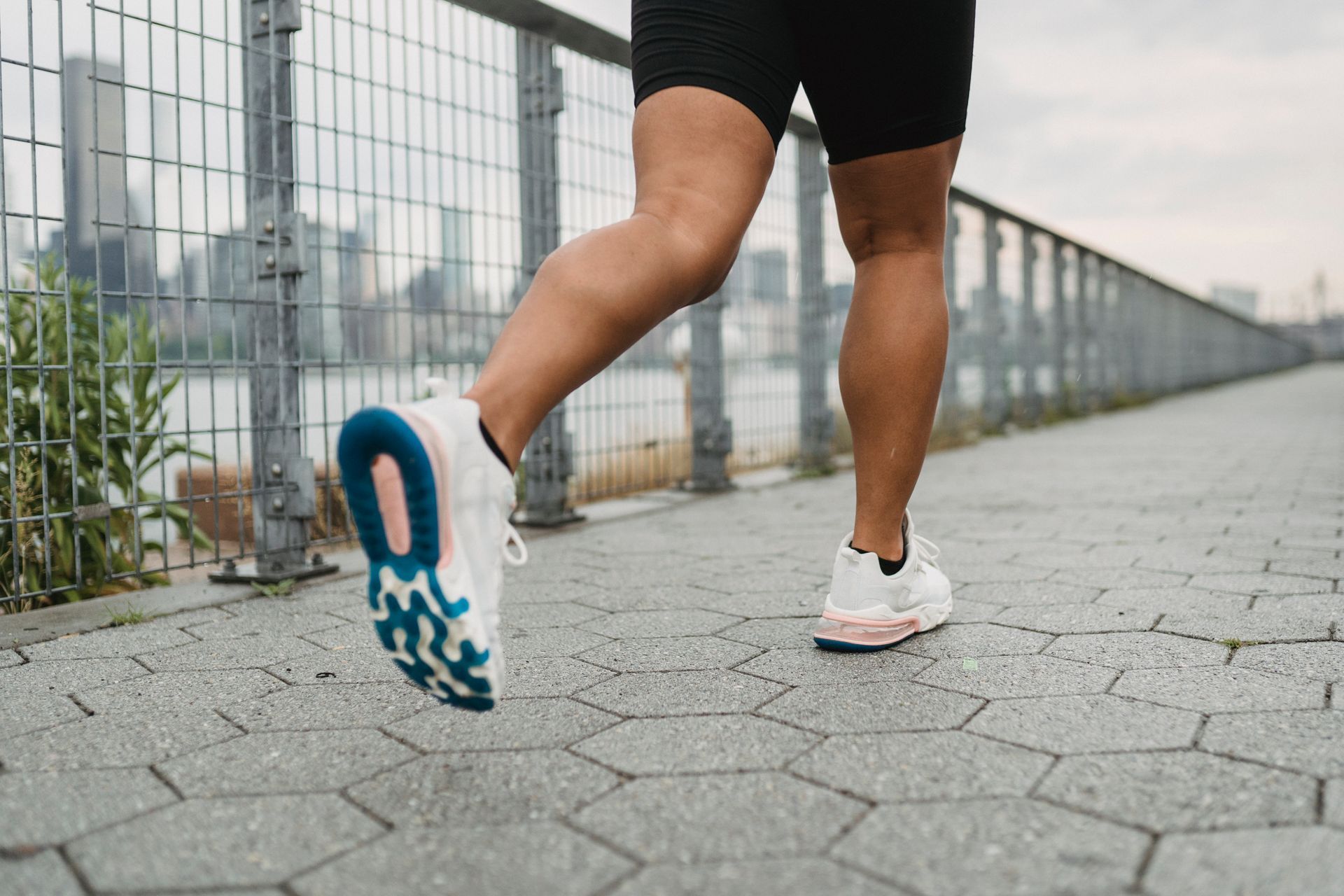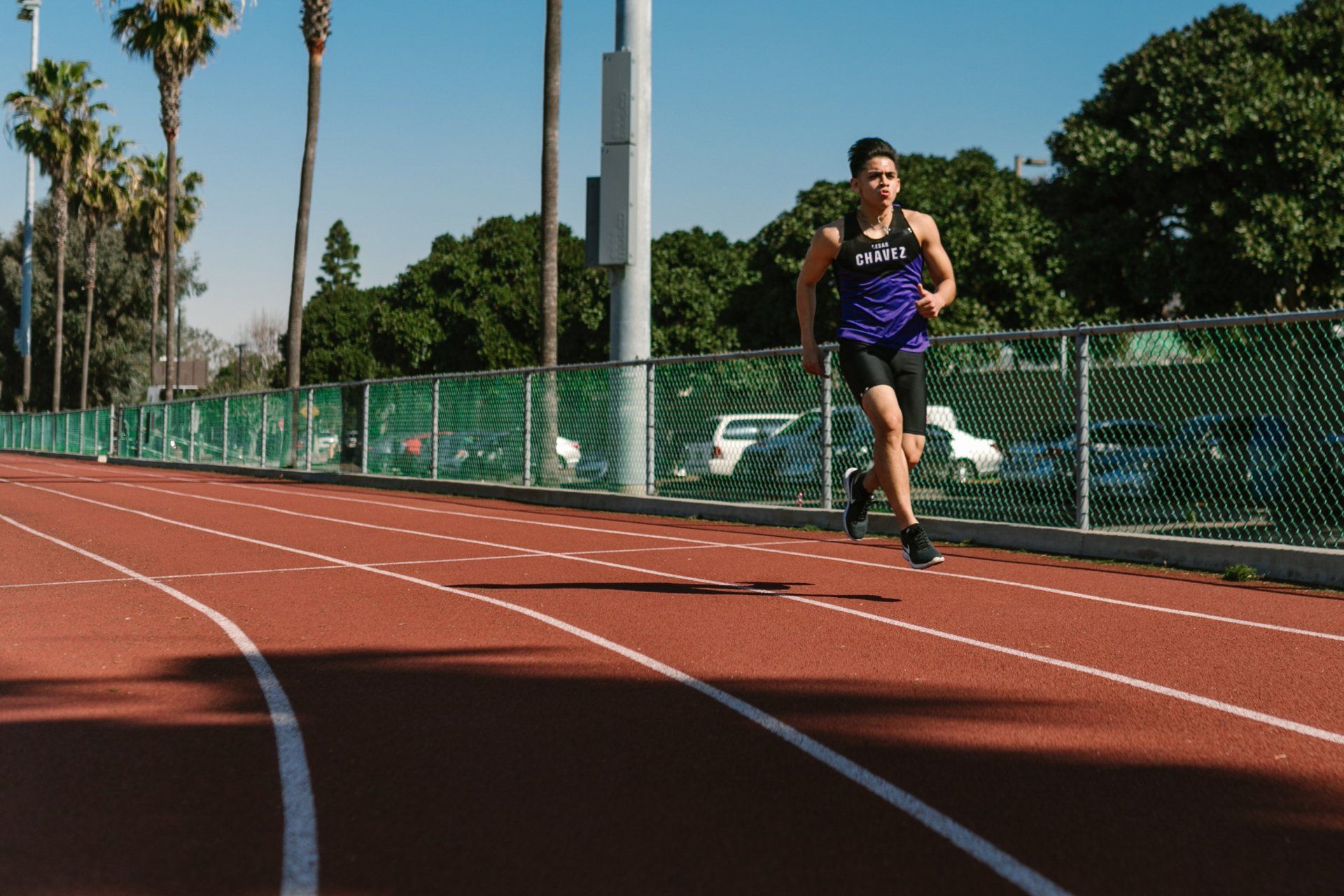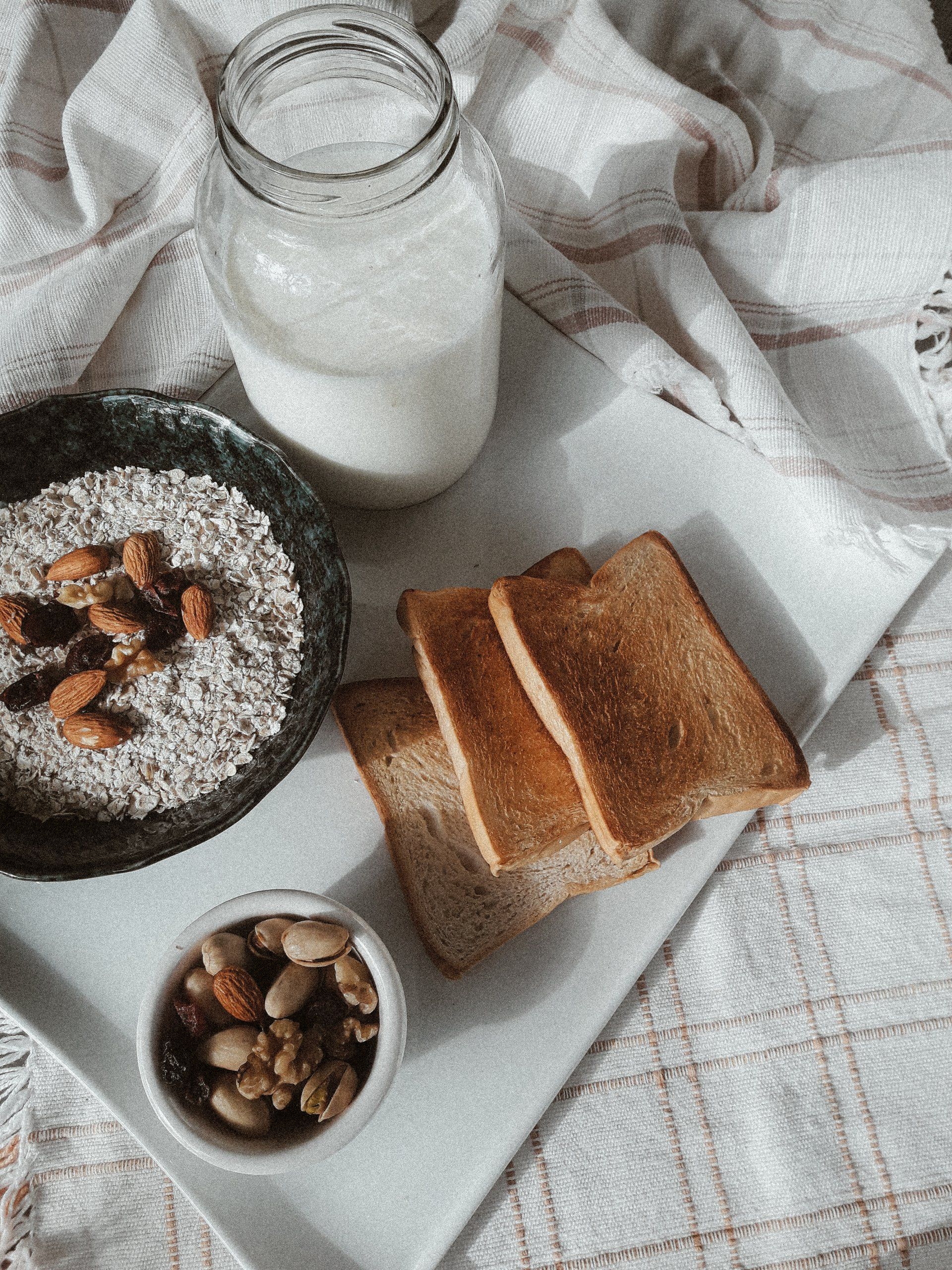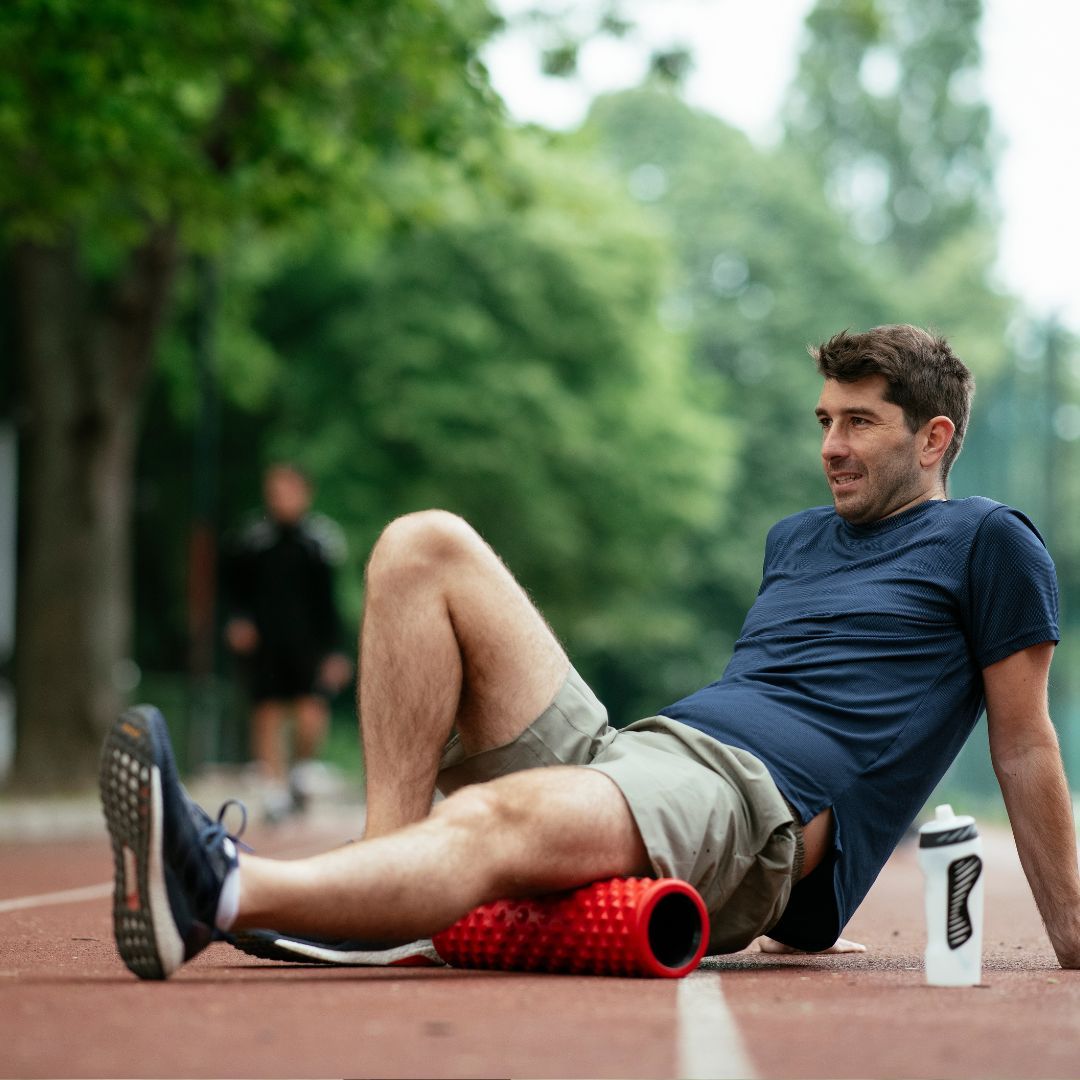The Role Of Genetics In Fitness
Do you have to have won the genetic lottery to excel at running?
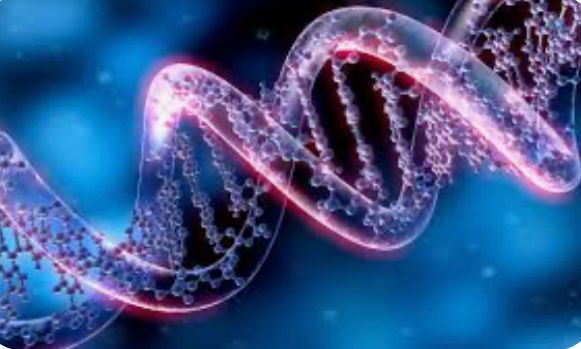
Fitness is a central concept in evolutionary biology, referring to an individual's ability to survive and reproduce in its environment.
While environmental factors such as diet and exercise are known to play a significant role in an individual's fitness, genetics also have a crucial impact on an individual's physical and physiological traits. The study of genetics and its relationship to fitness has become increasingly important in recent years, as advances in genetic testing have allowed for a better understanding of how an individual's unique genetic makeup influences their health and overall fitness.
In this article, I will explore the role of genetics in fitness, looking at how genetic variation can influence physical fitness and health outcomes, as well as the limitations of genetics in determining an individual's overall fitness.
Why Is Fitness Important?
In the modern-day world, many people lead sedentary lifestyles due to the demands of work and technology, which can have negative impacts on physical and mental health. Fitness has become increasingly important in mitigating the harmful effects of a sedentary lifestyle.
The human body is designed for movement, and regular physical activity has been shown to promote cardiovascular health, improve cognitive function, and reduce the risk of chronic diseases such as obesity, diabetes, and heart disease. As people spend more time sitting and less time moving, the body can experience adverse effects such as weakened muscles and bones, reduced flexibility, and increased stress. Engaging in regular physical activity can help to counteract these effects and promote overall health and well-being. But remember, going for a one hour run each day will not completely mitigate the effects of an otherwise sedentary lifestyle. Throughout the day continue to choose the stairs over the escalator, walking to talk to someone rather than emailing, getting up and stretching and moving every hour, and so on.
This is the exact reason why fitness training is not just popular in today’s world but also mandatory for everyone who leads a primarily sedentary lifestyle. However, this is generally not a problem for the average runner!
Core Fitness Principles
The core principles of fitness training are grounded in the concept of progressive overload, which involves consistently challenging the body to adapt and grow stronger and get fitter over time. This is achieved through a combination of three main factors: frequency, intensity, and duration. By gradually increasing the frequency, intensity, or duration of physical activity, the body is forced to adapt and improve its physical capabilities.
While genetics can influence an individual's starting point and potential for growth, most people, regardless of their genetic makeup, can benefit from fitness training if they apply these core principles consistently. In fact, research has shown that even minor improvements in physical activity can have significant benefits for health and fitness outcomes.
By challenging the body with progressively increasing demands, individuals can achieve improvements in strength, endurance, and overall fitness, leading to improved health and well-being.
Genetic Factors
While consistent training and progressive overload can lead to significant improvements in physical fitness for most people, it is important to acknowledge that not everyone can achieve the same level of athletic success due to genetic limitations.
Let’s have a look at the 3 main genetic factors that can influence performance in running.
Physical Traits
While physical activity and nutrition can influence many aspects of physical fitness, some traits, such as height, are largely determined by genetics.
Height is determined by a complex interplay between genetic and environmental factors (with better diets and health care the population is becoming taller), but it is estimated that, for the most part, an individual's height is determined by genetic factors.
Understanding the role of genetics in physical traits like height and body structure (such as leg length) can help individuals to have a more realistic perspective on their own physical capabilities and avoid unrealistic expectations.
Muscle fibre types.
From sprinters who have genes allowing them to develop more fast-twitch muscle fibres to endurance runners with genetics dictating muscle contraction speeds, genes determine our abilities to some degree. However, these are highly trainable. You may have a predominance of slow twitch muscle fibres but doing box jumps, hops and other plyometric drills as well as 100m strides and other speed work will help to build up your fast-twitch fibres. Long runs help to build your slow-twitch fibres.
Figure out what you want to improve and focus on that for a while (whilst still not neglecting the other components…tricky I know!).
Response To Stimulus
Genetics can also play a significant role in how an individual responds to physical training.
While consistent training and progressive overload can lead to improvements in physical fitness for most people, there is considerable variation in how individuals respond to these stimuli. Some people may see rapid improvements in strength, endurance, or muscle mass, while others may see slower progress or experience plateaus.
While genetics can influence an individual's response to training, it is important to remember that consistent effort and dedication are key to achieving meaningful progress in physical fitness.
Genetics and injury
Some people seem to be more injury-prone than others, and there may be a genetic component to this, not just bad luck!
Due to the vast complexity of the human genome, it’s highly improbable that a single variant within a gene can determine a person’s genetic risk for a given soft-tissue injury. Researchers agree it’s much more likely that injuries, like complex conditions such as obesity or type 2 diabetes, are influenced by multiple genes.
If you tend to be injury-prone, there are three things you can do to counteract this: consistent run and strength training and consistent pre-hab. All of these will help to make you less at risk for injuries.
Final Thoughts
To wrap this up, it is fair to say that genetics do have an influence on one’s fitness, rate of progress and injury risk.
However, genetics is not everything, meaning that most people can achieve meaningful results with the right training and nutrition plans. Email me if you want to make sure you are on the right track to take advantage of your potential!

